
Indonesia Trip Cost: 10 Days of Paradise for Under $1000
Planning a trip to Indonesia? You’re in for an unforgettable adventure! This stunning archipelago offers something for every type of traveler, from pristine beaches to ancient temples. But how much will your Indonesian getaway cost? A typical two-week trip to Indonesia costs around $986 for one person or $1,973 for two people, including accommodation, food, local transport, and sightseeing.
Indonesia can be a budget-friendly destination if you know where to look. Street food can be found for as little as 50 cents, while local restaurants offer meals for $1.60 to $6.50. Accommodation ranges from budget hostels to luxury resorts, so you can find options to fit any travel style.
Ready to start planning your Indonesian adventure? Let’s break down the costs and help you make the most of your budget. From island-hopping to Komodo dragon spotting, we’ll cover everything you need to know to make your dream trip a reality.
Contents
- Key Takeaways
- Understanding Indonesia
- Geography and Climate
- Culture and Language
- Planning Your Itinerary
- Top Destinations
- Hidden Gems
- Budgeting Your Trip
- Travel Costs Overview
- Saving on Accommodations
- Food and Dining on a Budget
- Transportation Savings Tips
- Accommodation Options
- Hotel and Hostel Varieties
- Alternative Lodging Choices
- Transportation Insights
- Navigating Between Islands
- Local Transit Options
- Experiencing Local Cuisine
- Street Food Scene
- Traditional Indonesian Dishes
- Adventure and Activities
- Land Adventures
- Water-Based Excursions
- Cultural and Historical Exploration
- Heritage Sites
- Cultural Festivals
- Safety and Preparedness
- More Travel Guides
Key Takeaways
- Indonesia offers diverse experiences for all budgets, from street food to luxury resorts
- Costs vary widely depending on your travel style and the islands you visit
- Planning ahead and choosing local options can significantly reduce your trip expenses
Understanding Indonesia
Indonesia is a vast and diverse country with unique geography, climate, and culture. Getting familiar with these aspects can help you plan your trip and budget more effectively.
Geography and Climate
Indonesia spans over 17,000 islands, making it the world’s largest archipelago. The country stretches across the equator, with major islands like Java, Sumatra, and Bali. You’ll find a mix of landscapes, from sandy beaches to lush rainforests and active volcanoes.
The climate is tropical, with two main seasons: dry (April to October) and wet (November to March). Temperatures stay warm year-round, usually between 70-90°F (21-32°C). Pack light, breathable clothes and rain gear if you’re visiting during the wet season.
Bali and Java are popular tourist spots. In Bali, you can explore Ubud’s cultural scene or relax on beautiful beaches. Jakarta, the capital on Java, offers a bustling city experience.
Culture and Language

Indonesian culture is rich and varied, influenced by its many ethnic groups and religions. You’ll see this diversity in food, art, and traditions across the islands.
The main language is Bahasa Indonesia, but many locals in tourist areas speak some English. Learning a few basic phrases can help you connect with locals and navigate daily situations.
Respect for elders and modesty in dress are important. When visiting temples in Bali or mosques in other parts of Indonesia, remember to cover your shoulders and knees.
Indonesians are known for their warm hospitality. Don’t be surprised if locals invite you to share a meal or ask for photos with you, especially in less touristy areas.
Planning Your Itinerary

Indonesia’s vast archipelago offers countless incredible destinations. Let’s explore some top spots and hidden gems to help you craft the perfect trip.
Top Destinations
Bali is a must-visit, with stunning beaches, lush rice terraces, and vibrant culture. Don’t miss the iconic Uluwatu Temple perched on seaside cliffs. In Java, wake up early to catch the sunrise at Borobudur, the world’s largest Buddhist temple. It’s a breathtaking sight you’ll never forget.
Head east to Lombok for pristine beaches and world-class surfing. Take a boat to the nearby Gili Islands for snorkeling and laid-back vibes. Gili Trawangan is perfect for partying, while Gili Air offers a quieter escape.
Nature lovers should trek up Mount Bromo for otherworldly views of the volcanic landscape. It’s chilly at the top, so pack a jacket!
Hidden Gems
For off-the-beaten-path adventure, book a trip to Komodo Island. You’ll see the famous Komodo dragons and enjoy some of Indonesia’s best diving spots.
Nusa Penida, just off Bali’s coast, boasts dramatic cliffs and secluded beaches. Don’t miss the Instagram-famous Kelingking Beach viewpoint. It’s a tough hike down, but totally worth it for the gorgeous views.
In Sumatra, Lake Toba offers a peaceful retreat. It’s the world’s largest volcanic lake, surrounded by misty mountains and traditional Batak villages. You can relax, swim, and learn about local culture.
Budgeting Your Trip
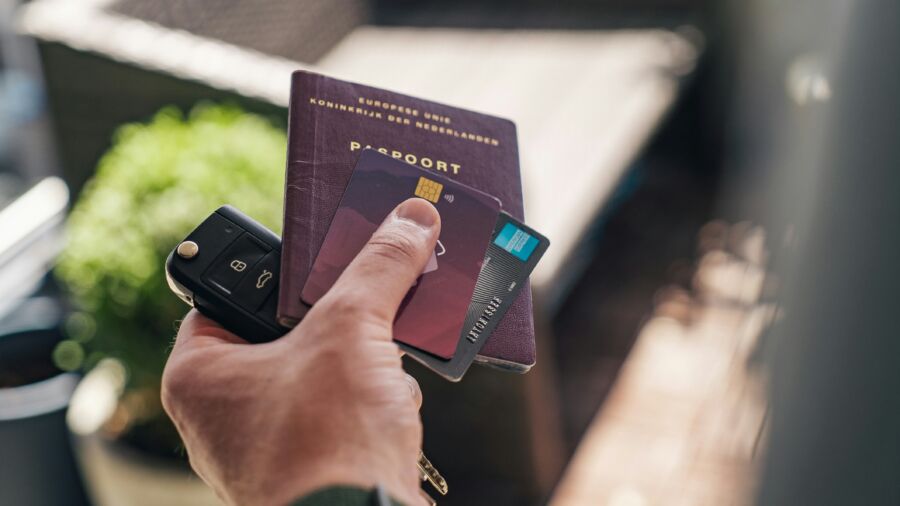
Planning a budget for Indonesia can help you make the most of your adventure without breaking the bank. Let’s look at some key areas to focus on when managing your expenses.
Travel Costs Overview
A week-long trip to Indonesia typically costs around $500 for one person. This covers basics like food, lodging, and getting around. For two people, you’re looking at about $1000.
Your daily budget might range from $30 to $100, depending on your travel style. Budget travelers can get by on the lower end, while mid-range visitors might spend closer to $100 per day.
Remember, costs can vary widely based on where you go. Bali tends to be pricier than other parts of Indonesia. KAYAK can help you compare flight prices to find good deals.
Saving on Accommodations
Lodging is often a big chunk of your budget, but Indonesia offers options for every wallet. Hostels are a great choice for saving money. You can find dorm beds for as little as $5-10 per night in many places.
If you prefer more privacy, budget hotels or guesthouses usually cost $20-40 per night. For longer stays, look into vacation rentals. They can be more cost-effective and give you a kitchen to cook meals.
Booking in advance often gets you better rates. Don’t be shy about haggling, especially for longer stays. Many places will offer discounts if you’re staying for a week or more.
Food and Dining on a Budget
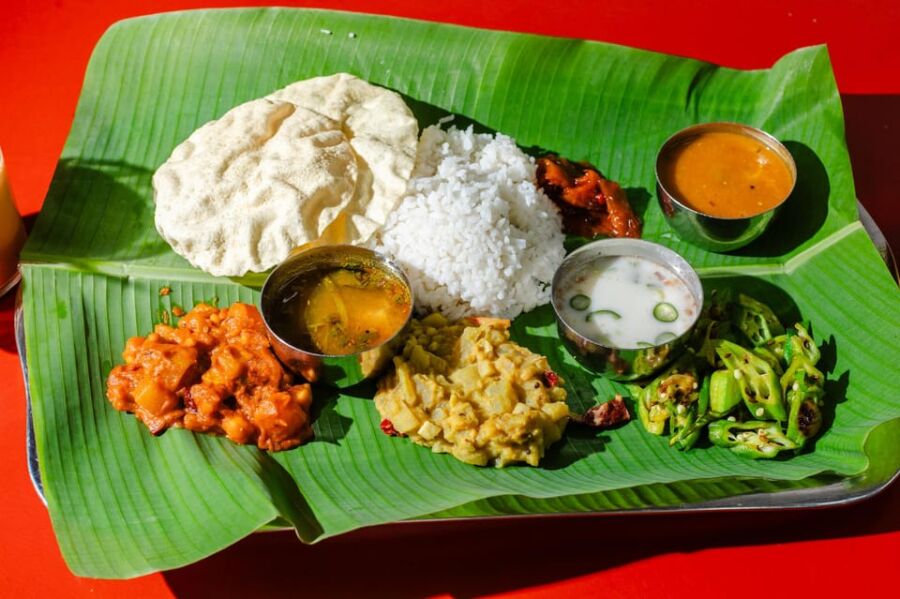
Indonesian food is tasty and affordable. Street food and local warungs (small family-owned restaurants) are your best bets for cheap eats. You can often get a filling meal for $2-5.
Try local dishes like nasi goreng (fried rice) or gado-gado (vegetable salad with peanut sauce). They’re delicious and easy on the wallet.
If you’re staying somewhere with a kitchen, buying groceries and cooking some meals can save you money. Hit up local markets for fresh, cheap ingredients.
Avoid tourist traps and fancy restaurants if you’re on a tight budget. They can be much pricier than local spots.
Transportation Savings Tips
Getting around Indonesia can be cheap if you plan smart. Local buses are the most budget-friendly option for longer trips. They might not be the most comfortable, but they’ll save you a lot.
For short trips in cities, try ojeks (motorcycle taxis) or ride-sharing apps like Grab. They’re usually cheaper than regular taxis.
Renting a scooter can be cost-effective if you’re comfortable riding one. Just be sure to get insurance and wear a helmet.
When island-hopping, look for ferry options instead of flying. They take longer but are often much cheaper. Book in advance when possible to get the best rates.
Accommodation Options

Indonesia offers a wide range of places to stay, from budget-friendly hostels to luxurious resorts. You’ll find options to suit every travel style and budget across the country’s many islands.
Hotel and Hostel Varieties
In popular tourist spots like Bali, you can find hostels for as little as $2-5 per night. These cheap digs are perfect if you’re watching your wallet. For a bit more comfort, mid-range hotels usually cost around $27 per night.
Fancy splurging? High-end resorts in Bali or Jakarta can set you back $100+ nightly. But you’ll get amazing amenities like infinity pools and spa treatments.
Don’t forget to check out unique local guesthouses called “homestays.” They’re usually family-run and give you a taste of Indonesian hospitality.
Alternative Lodging Choices
Want something different? Try renting a vacation home for your stay. You can often find great deals on apartments or villas, especially for longer trips.
Couchsurfing is another budget-friendly option. You’ll crash with locals for free and make new friends. Just be sure to bring a small gift for your host.
Glamping is getting popular in Indonesia too. Imagine sleeping in a luxury tent overlooking rice paddies or jungle views. It’s pricier than hostels but cheaper than fancy hotels.
Remember to book your stay early during peak seasons. Popular spots fill up fast, especially around holidays.
Transportation Insights
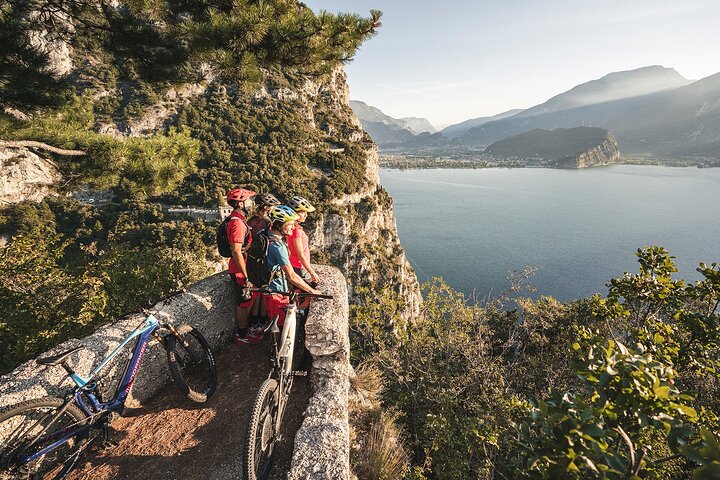
Getting around Indonesia can be an adventure in itself. The country’s vast archipelago offers diverse travel options, from planes and ferries to local buses and motorbikes. Let’s look at how to navigate between islands and within cities.
Island-hopping in Indonesia often requires a mix of air and sea travel. Domestic flights are usually the quickest way to cover long distances. You can find budget airlines like Lion Air or AirAsia for around $30-100 per flight, depending on the route. For shorter hops, ferries are a cheaper option. A trip from Bali to Lombok might cost you about $5-10 for a slow boat or $25-30 for a fast boat.
Remember to book in advance during peak seasons. Some remote islands may only have weekly boat services, so plan accordingly. If you’re not in a rush, renting a car and taking it on a ferry can be a fun way to explore multiple islands.
Local Transit Options
Once you’re on an island, you’ll find plenty of ways to get around. In big cities like Surabaya, ride-hailing apps like Grab or Gojek are popular and affordable. A short ride might cost you $1-3. For longer trips, consider renting a scooter for about $5-10 per day.
In tourist hotspots like Kuta, Bali, you’ll see lots of taxis. Always make sure they use the meter or agree on a price beforehand. Public buses are the cheapest option in most cities, with fares often less than $1. They can be crowded but offer a glimpse into local life.
For a unique experience, try a becak (bicycle rickshaw) for short trips. Prices are negotiable, but expect to pay $1-2 for a short ride. It’s a fun way to see the sights and support local drivers.
Experiencing Local Cuisine

Tasting Indonesia’s local dishes is a must for any traveler. You’ll find mouthwatering options that won’t break the bank, from bustling street food stalls to cozy local eateries.
Street Food Scene
Indonesia’s street food scene is a budget-friendly foodie paradise. Vendors sell tasty treats on almost every corner. You can grab some satay – skewered meat grilled to perfection – for just 10,000-20,000 IDR ($0.65-$1.30). Or try nasi goreng, Indonesia’s famous fried rice dish, for around 15,000-25,000 IDR ($1-$1.60).
Don’t miss gado-gado, a veggie salad with peanut sauce, usually priced at 15,000-30,000 IDR ($1-$2). For something sweet, pick up some pisang goreng (fried banana fritters) for a mere 5,000-10,000 IDR ($0.30-$0.65).
Traditional Indonesian Dishes
To dive deeper into Indonesian cuisine, visit a local warung (small family-owned restaurant). Here you can sample regional specialties like rendang, a spicy meat stew, for about 25,000-50,000 IDR ($1.60-$3.25). Soto, a flavorful soup, is another must-try dish costing around 20,000-40,000 IDR ($1.30-$2.60).
For a hearty meal, order nasi uduk – coconut rice with various side dishes – typically priced at 15,000-30,000 IDR ($1-$2). Don’t forget to try Indonesia’s famous sambal (chili paste) with your meals. It’s often free but packs a flavorful punch!
Adventure and Activities

Indonesia offers a wide range of thrilling adventures and activities for every type of traveler. From scaling volcanoes to diving in pristine waters, you’ll find plenty of ways to get your adrenaline pumping.
Land Adventures
Indonesia’s diverse landscapes provide endless opportunities for exciting land-based activities. You can trek through lush jungles, climb active volcanoes, or explore ancient temples. A popular option is hiking up Mount Bromo in Java to catch the sunrise. This trek costs around $30-50 for a guided tour.
Want to see Komodo dragons up close? A day trip to Komodo National Park runs about $100-150. It includes a boat ride, guided walk, and the chance to spot these impressive creatures in their natural habitat.
For a more laid-back experience, you can’t miss the iconic Bali rice terraces. A guided tour of Tegalalang Rice Terrace costs about $20-30 and offers stunning views and photo ops.
Water-Based Excursions
Indonesia’s crystal-clear waters are perfect for snorkeling and diving adventures. The Gili Islands off Lombok are a snorkeler’s paradise, with day trips starting at $30-40. You might spot sea turtles and colorful fish just offshore.
For serious divers, Raja Ampat in West Papua is a must-visit destination. While pricier, dive packages start around $200 per day. But the incredible marine life and pristine reefs make it worth every penny.
Bali offers great surfing for all skill levels. Beginner lessons in Kuta or Canggu cost about $25-40 for a 2-hour session. More experienced surfers can rent boards for around $5-10 per day.
Cultural and Historical Exploration
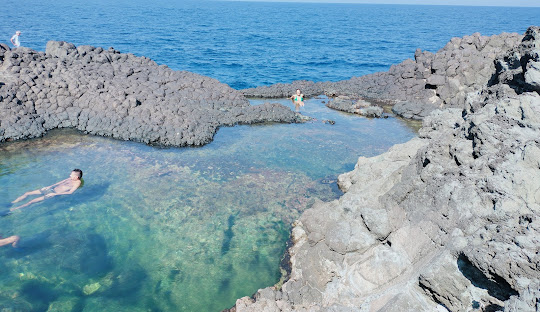
Indonesia’s rich history and diverse cultures offer amazing experiences for travelers. You’ll find ancient temples, vibrant festivals, and unique traditions across the archipelago.
Heritage Sites
Borobudur, the world’s largest Buddhist temple, is a must-see in Java. Entrance fees are around $25 for foreigners. Go early to beat the crowds and heat. Nearby, Prambanan Hindu temple costs about $20 to visit. Both sites offer guided tours for an extra $10-15.
In Jakarta, the National Monument (MONAS) gives you a glimpse into Indonesia’s struggle for independence. Tickets are cheap at just $2. The museum inside is free.
Bali’s temples are often free or have small donation boxes. Uluwatu and Tanah Lot charge about $3-5 for entry. Remember to bring a sarong or rent one for a dollar.
Cultural Festivals
Timing your trip with local festivals can add magic to your visit. Bali’s Nyepi (Day of Silence) in March is unique – the whole island shuts down for 24 hours. Hotels often have special packages for this time.
Java’s Sekaten celebrates the Prophet Muhammad’s birthday with a month-long fair in Yogyakarta. It’s free to attend, but bring cash for food and games.
Toraja in Sulawesi holds elaborate funeral ceremonies year-round. While free to watch, it’s polite to bring a small gift for the family.
Many festivals are free to join, but some may have ticketed events. Budget $20-50 for special performances or ceremonies you want to see.
Safety and Preparedness
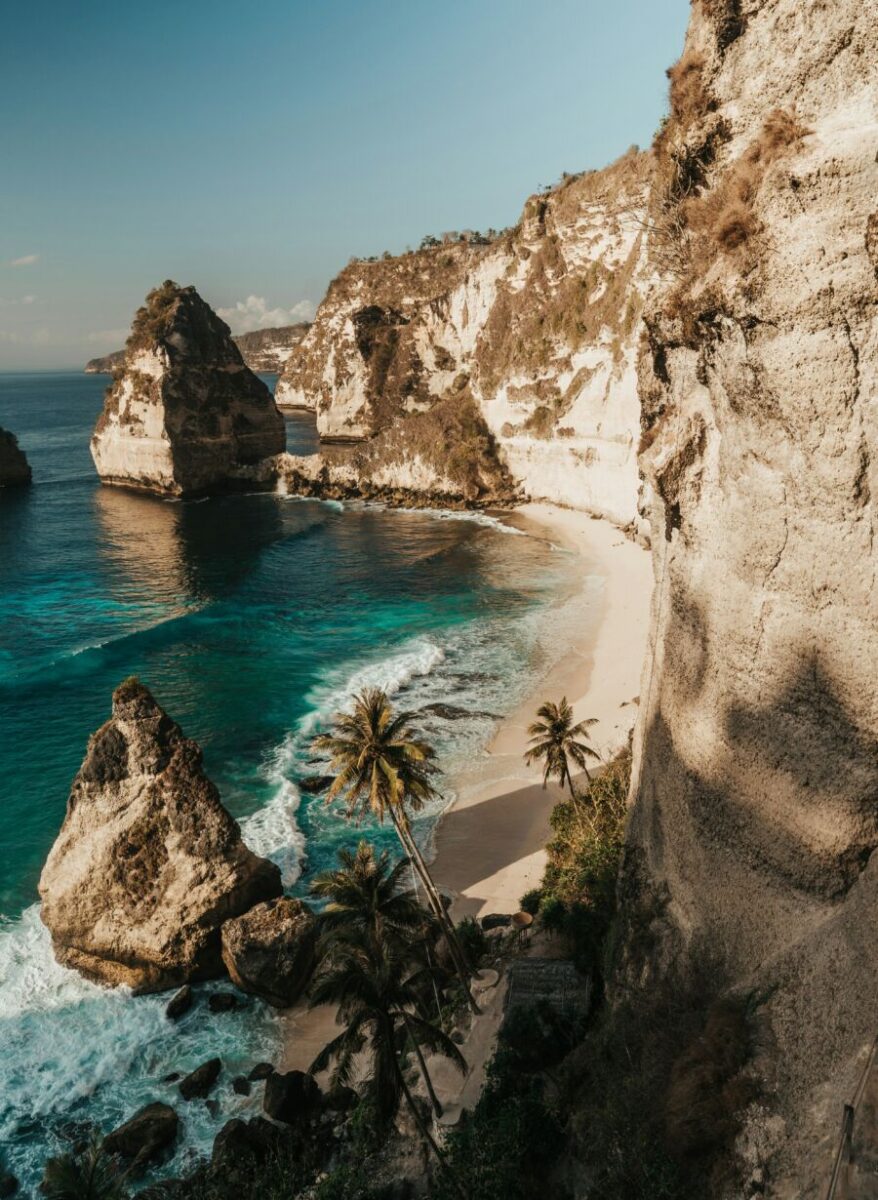
Keeping safe in Indonesia is key to enjoying your trip without breaking the bank. Let’s face it, medical bills can wreck your budget fast! Start by getting good travel insurance. It’s not super pricey but can save you big time if something goes wrong.
Watch out for those volcanoes! Some areas have travel warnings due to volcanic activity. Check the latest advice before you go. It’s not worth risking your life to save a few bucks.
Boat safety can be iffy in Indonesia. Don’t just hop on the cheapest option. Read reviews and pick a reputable company. Your life is worth more than saving a few dollars!
Be smart about food and drink. Stick to bottled water and well-cooked foods to avoid nasty stomach bugs. Street food can be yummy and cheap, but pick busy stalls where locals eat.
Respect local customs to avoid trouble. Dress modestly, especially at religious sites. Learn a few basic Indonesian phrases – locals will appreciate the effort and might even give you better deals!
Keep an eye on your stuff, especially in crowded areas. Use hotel safes for valuables. A stolen passport can really mess up your trip and your wallet.



